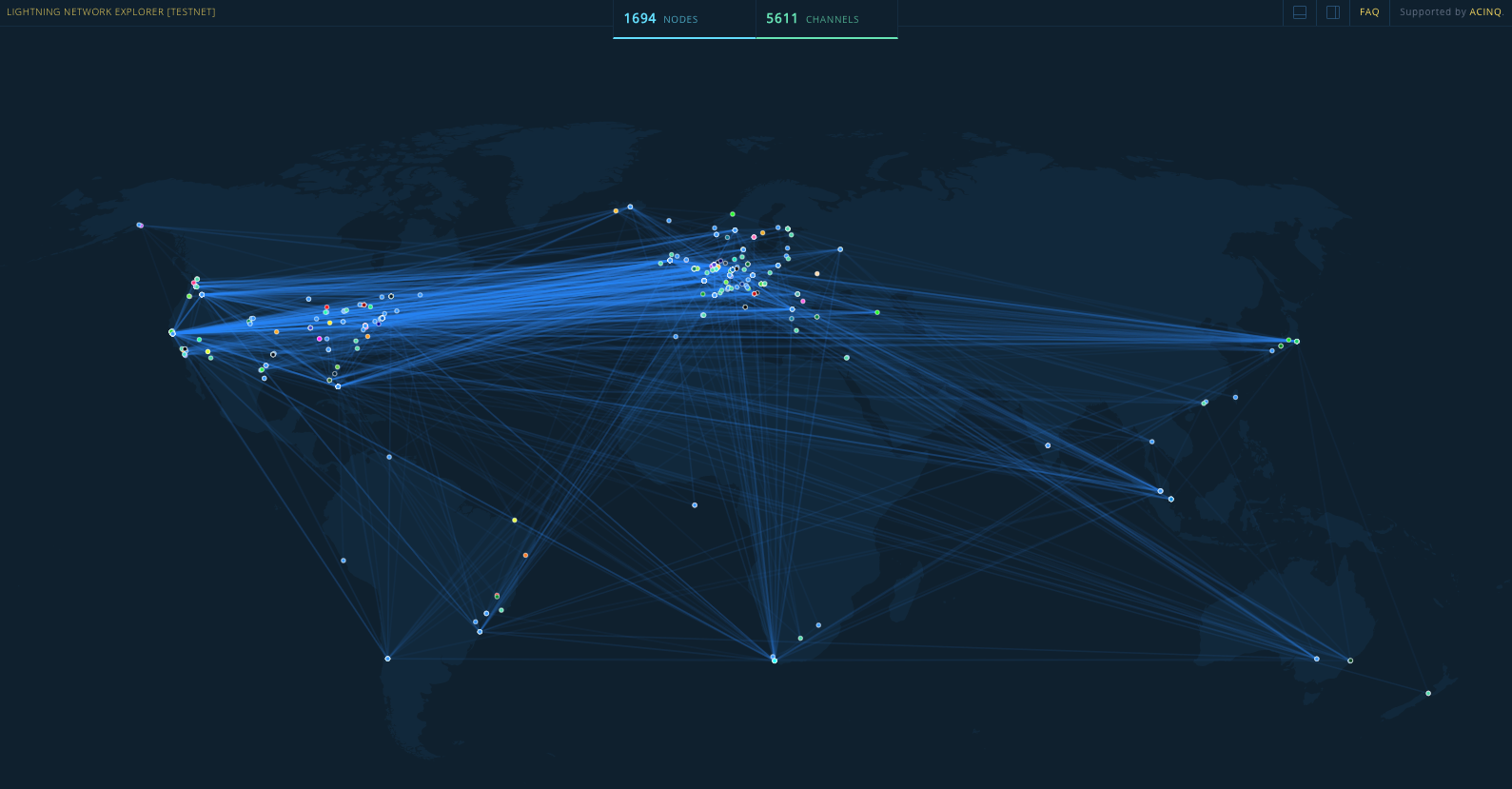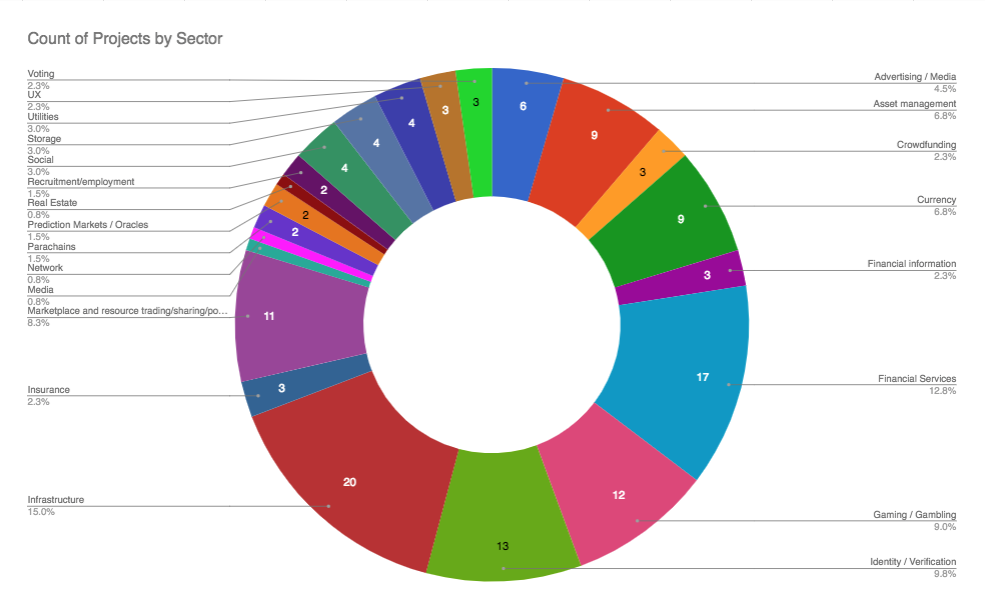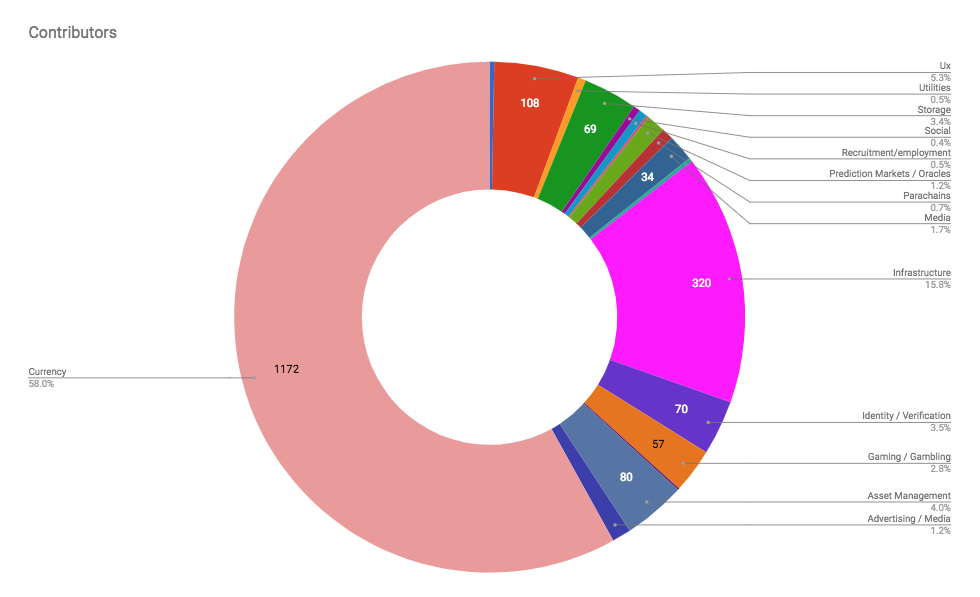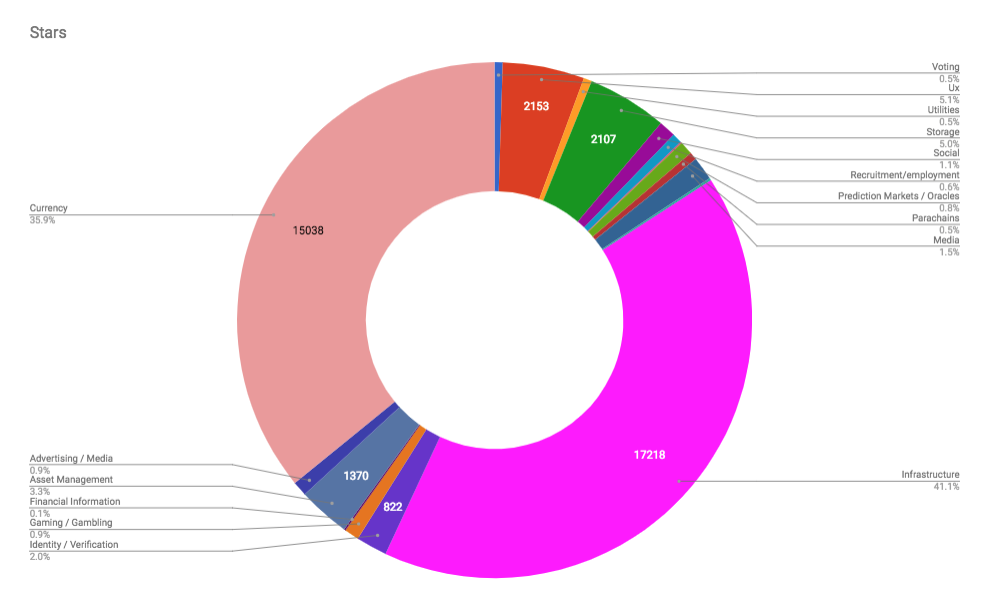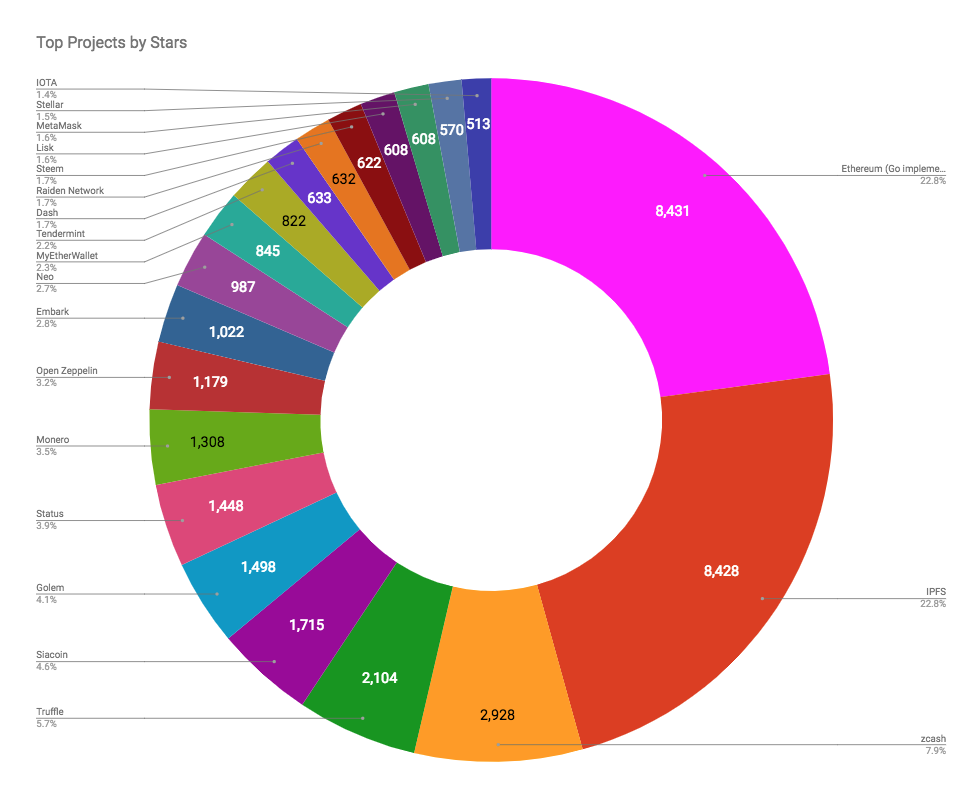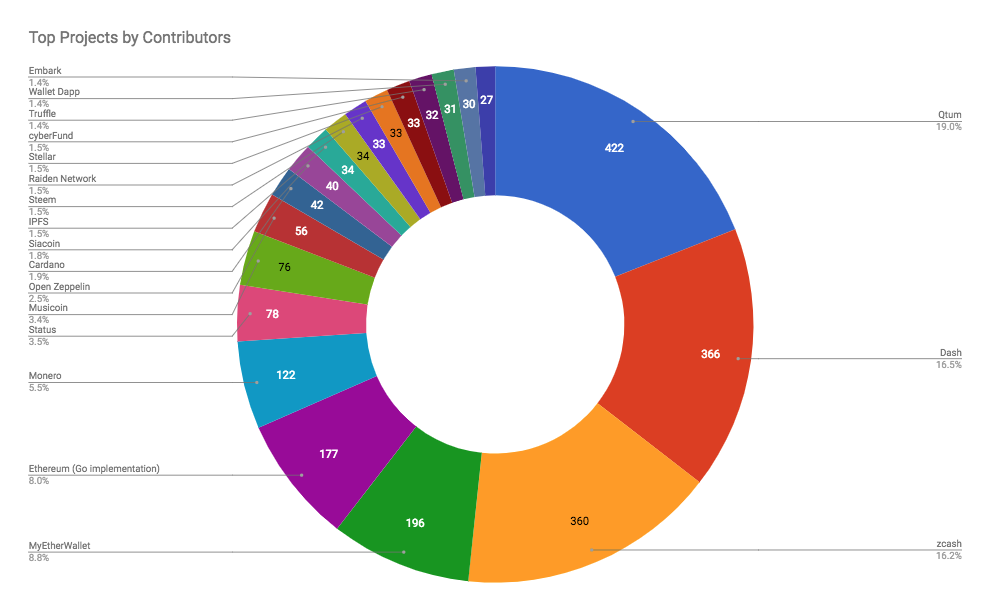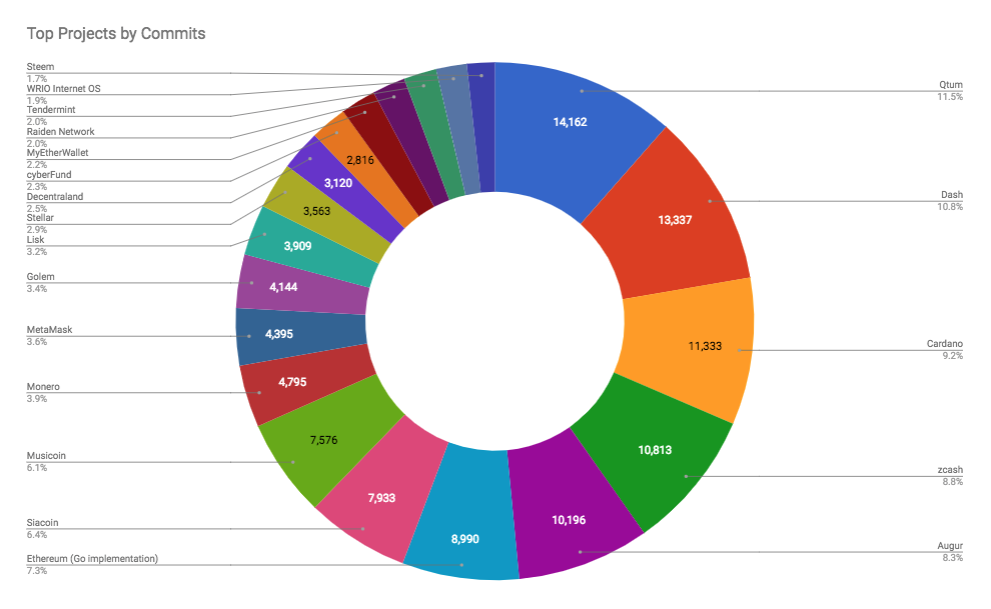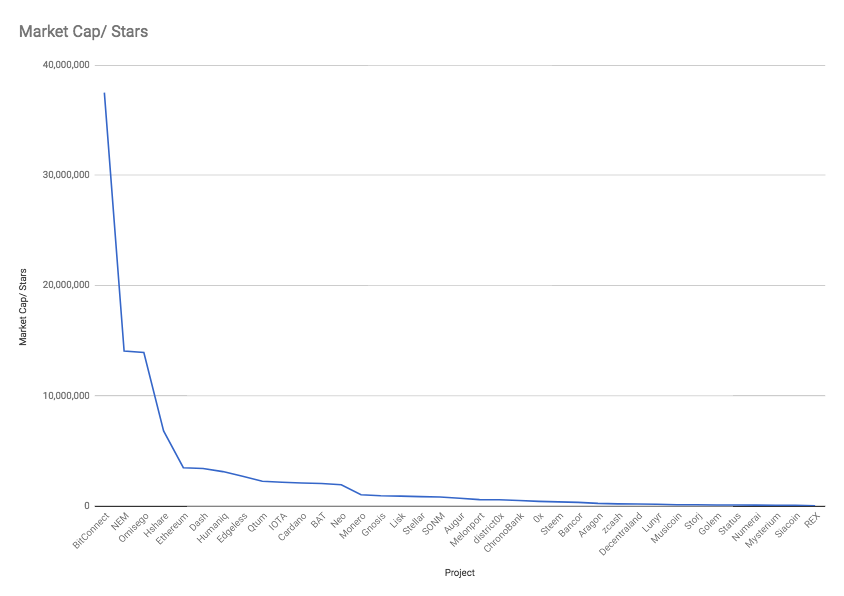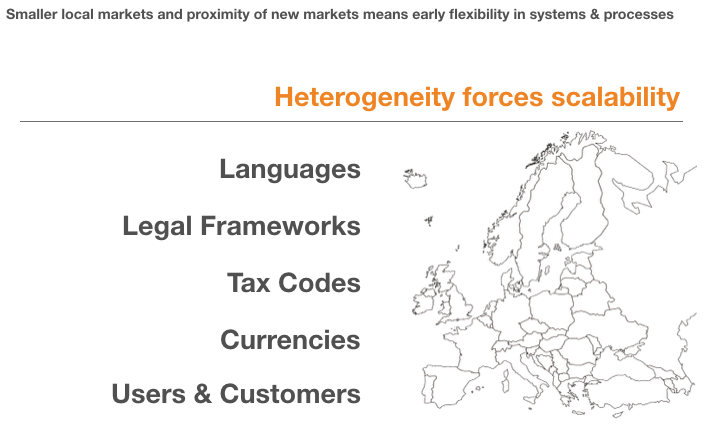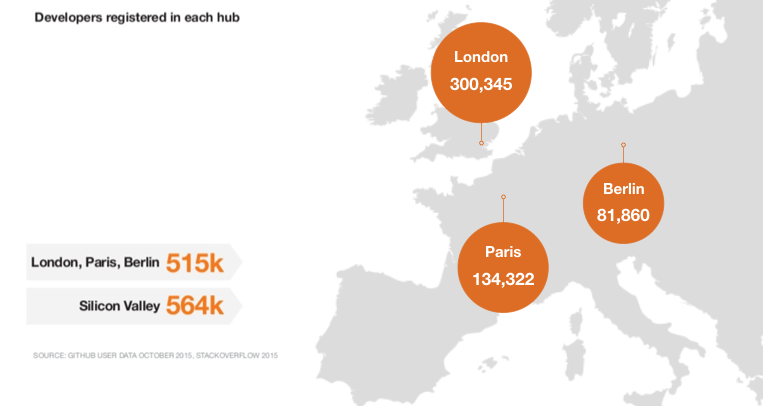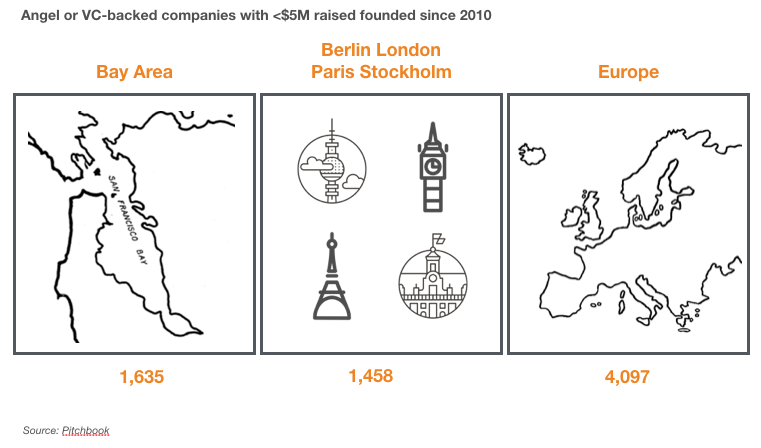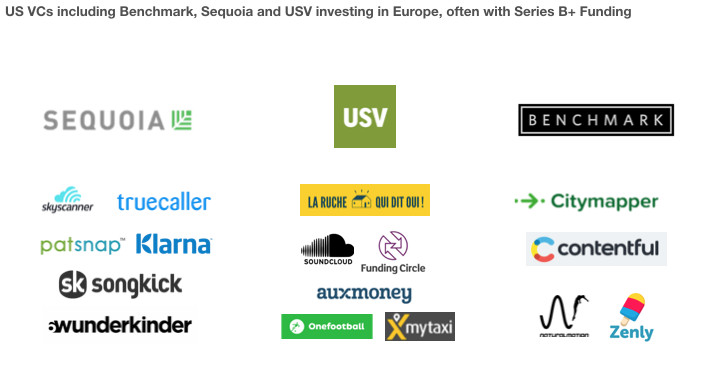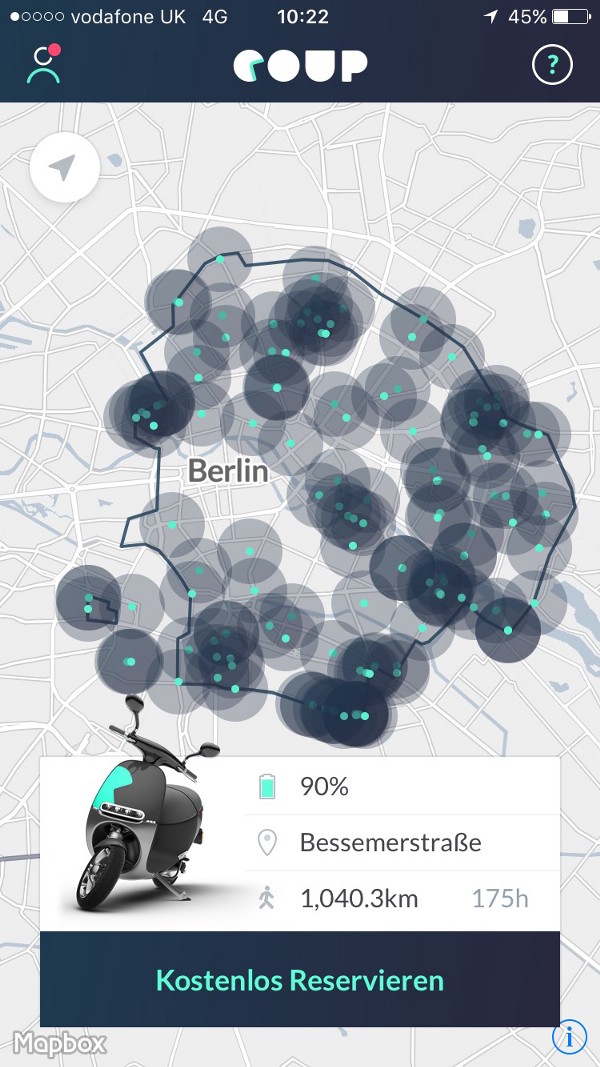prioritizing progression over perpetuation
over the years i've developed and refined a really simple framework for prioritization that i wanted to share.
whether it's an athletic pursuit, house chores, or your work, you can bucket every task into either 'progress' or 'perpetuation'. depending on how satisfied with where you are today vs. where you want to be, you can dial up and down the relative weights of those tasks. when you're not happy, you should be spending at least 2/3 of your time on progression, and minimize perpetuation.
what do i really mean?
well, let's go through some examples.
back when most of my life was dedicated towards swimming, i was practicing 10 times a week, often swimming 5-7km each practice. at the beginning of a season, when you might be out of shape, you do a tremendous amount of threshold/endurance mileage to improve your conditioning and increase your anaerobic threshold. This is progressive work. You're pushing your boundaries and improving. As your main competition approaches and you start feeling strong in the water, you take your foot off the gas pedal and start to back off the mileage, the goal is the maintain or perpetuate your condition and even to back off and get some rest. Both of these stages are important and valid to swimming your fastest. But not everything is as clear cut as swimming.
what about at home? any given week there are a set of tasks you might do to maintain the status quo (we often call it "upkeep": taking out the trash, vacuuming, or washing your sheets. but sometimes it's also also vital to do things to fundamentally redesign or rethink an aspect of your living space, particularly if you're unhappy. maybe that means research for moving, or just repairing something that has been broken for a while. the problem is, most of us are constrained for time, and the perpetual tasks can eat up most of it. we kick the can down the road and never do the things that will help us progress out of the status quo, building frustration and a feeling of ineffectiveness.
this leads me to work. i actually mostly generated this framework when i was in between jobs. i was not happy about that. i knew that i needed to change the status quo but found myself frustrated that things weren't progressing as quickly as i would have liked. why not? well, it turns out i was spending a lot of time on things that weren't going to generate a meaningful shift in my situation. i realized i needed to minimize time on tasks that were necessary but just perpetuated the status quo, and focus on tasks that were riskier but might one day lead to a job or a project that would fundamentally change my circumstance. that meant taking risks with whom i met, or reaching out to people i hadn't spoken to in years.
i ended up getting my next job, at soundcloud. now, in my day to day work as an investor, i tend to think about this framework in more simple terms. monitoring and staying on top of my email is perpetuation, it's "staying on top of things". i need to do it, and because i'm happy with the status quo, i also want to do it. but more important is the work i do to make myself a better investor, improve the firm, or help our portfolio companies level-up. often, this means reading and learning, spending time outside of my comfort zone, listening to people smarter than me, tinkering around with unfamiliar software and networks, and keeping my phone in my pocket.
